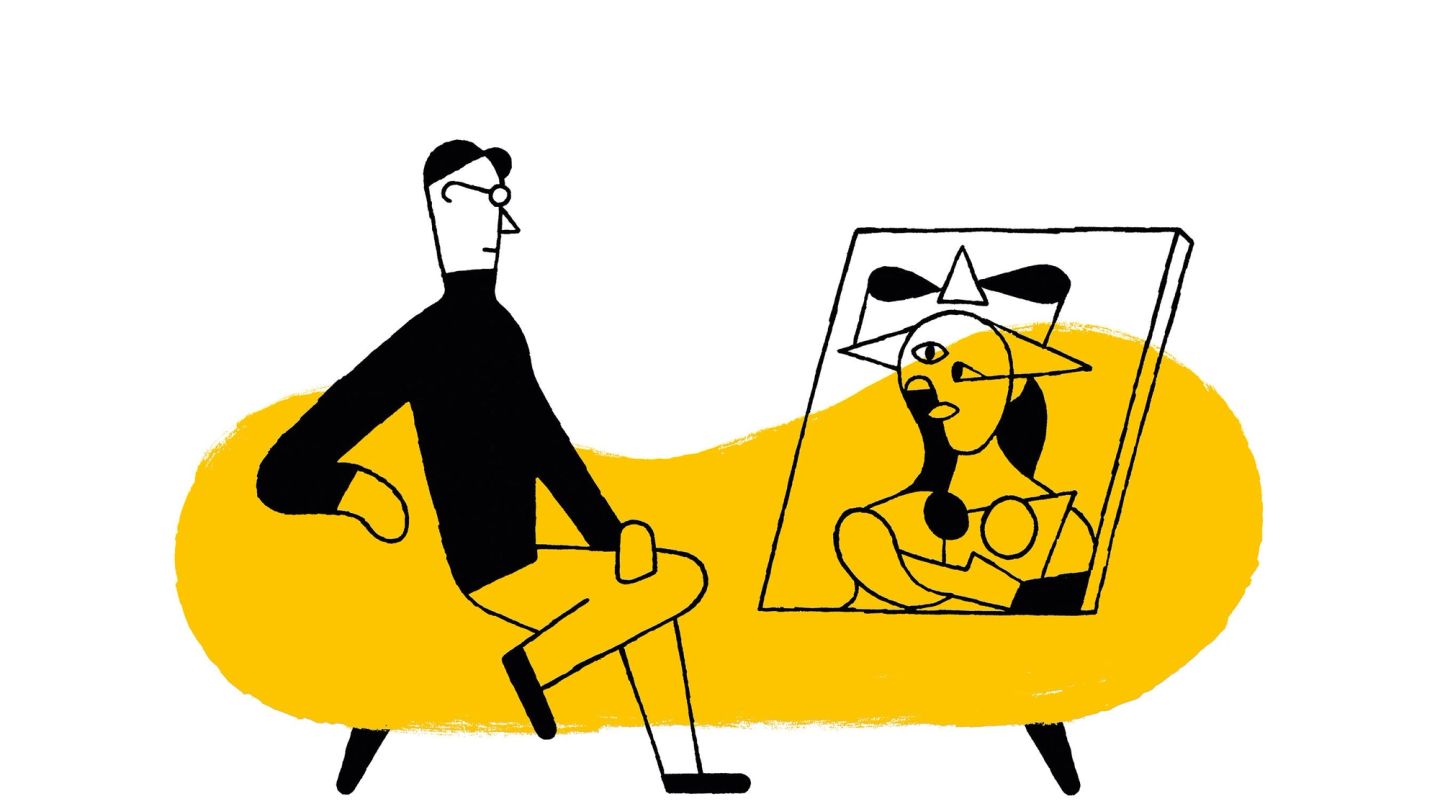

Words: Joseph Bullmore
Illustrations: Miguel Porlan
On the night art detective Arthur Brand finally laid his hands on the long lost painting Buste de Femme, his apartment became the most expensive in Amsterdam. The piece, a favourite of Picasso’s that had hung in the artist’s own home, had gone missing 20 years earlier, pinched from a yacht off the coast of Antibes. For two decades, the canvas had zigzagged across the underworld, bouncing between terrorists, the mafia and the international jet-set — and now it was in Arthur Brand’s home.


